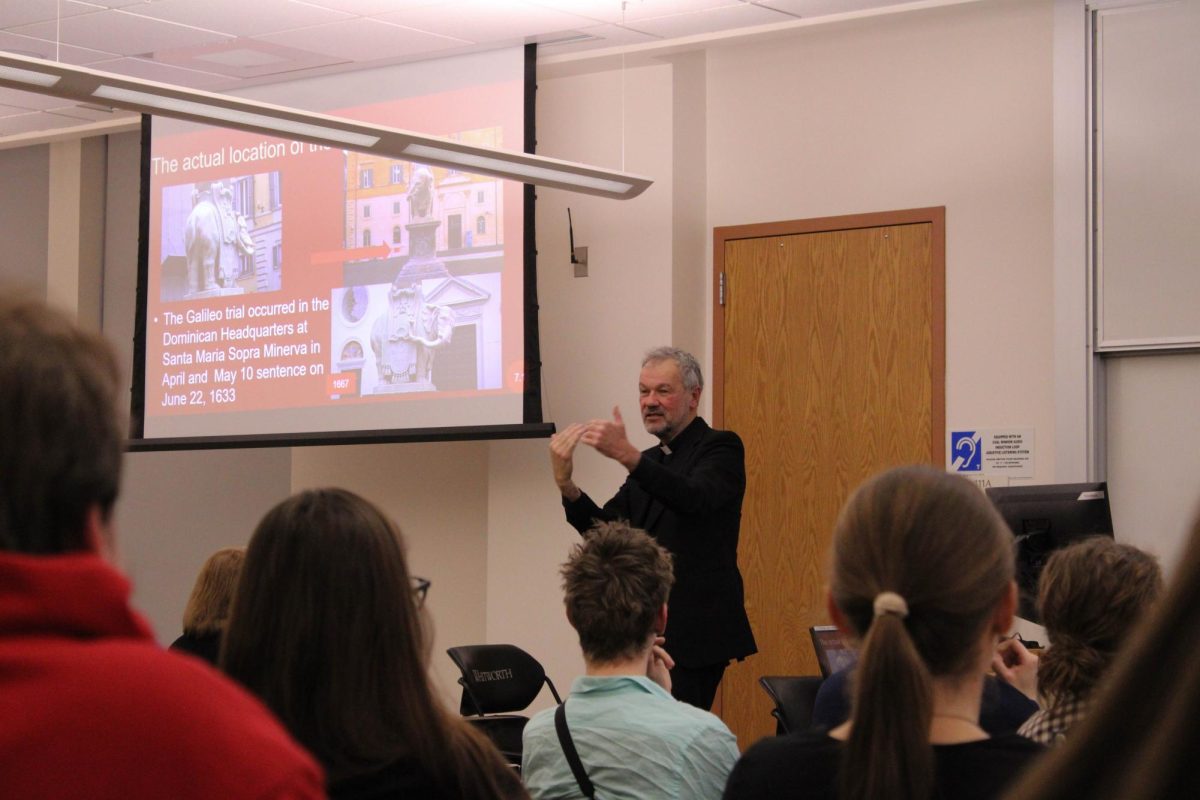What is it about taking that long, warm, soothing showers that drives you to stand in a rectangular box minute after minute, simply letting the water run over your body and down the drain? You were done lathering yourself with cleaning products seven minutes ago, weren’t you?
Or, why insist on buying a warm cup of coffee that comes in that paper cup with an extra thick piece of cardboard that keeps your fingers from burning every morning. Why not bring your own mug?
Come to think of it, how eco-friendly are you? Do you even think about it? The talk around campus is that the Whitworth community is eco-friendly. Let’s see how Whitworth matches up to the talk.
Shorter Showers
Starting with the shower. Do you know how long you spend in the shower?
Junior Cameron Sordahl was timed while taking a shower. Time: 12 minutes.
After showing Sordahl his shower time he explained it was an accurate representation of his daily shower time.
“Generally, I’m so tired I just zone out for a bit in the shower,” Sordahl said.
Sordahl’s 12 minutes is about average for the 20 different Whitworth men and women included in an informal survey. The survey was conducted by asking each person to time how long he or she spent in the shower. The men’s times were recorded in person, while the women’s times were self-reported by each.
According to the Washington State Department of Health, the average American spends about eight to 10 minutes in the shower, which puts Whitworth a couple minutes longer than average. The Health Department also says by cutting back shower time by only one or two
minutes, you can save up to 150 gallons of water a month. That means for every thousand Whitworth students who cut back, 150,000 gallons of water will be saved per month. Think about how much water is wasted the next time you take that long, warm, soothing shower.
Cutting back on some Coffee
Now, turn to that trash can you pass every day in the Loop. What do you see? Paper cups, random pieces of paper, plastic bottles and soda cans. We need to realize where that coffee cup comes from.
North America uses an estimated 130 billion paper coffee cups each year, which takes about 50 million trees and 33 billion gallons of water, according to an article by Ruben Anderson on alternet.org
“I never bring my own mug because that would involve me washing it, which is a chore because of the time it takes,”Whitworth junior Matt Ross said. “Whitworth doesn’t provide me with soap either and I can’t go buy some just for one mug”
So, maybe mugs aren’t the best solution for college students – that’s ok. But let’s at least start by putting our paper cups in the recycling cans.
Great grub
Now, let’s look at food. How much is wasted?
In observing the students as they put their dishes away and leave the dining area, you see the majority of students don’t have much food leftover. This is a big improvement from past years.
Not only can this be attributed to the big appetites of Whitworth students but also Sodexo taking steps to influence the amount of food students waste. Notice how the servers will never give you more even if you ask? Contrary to you thinking they don’t like you, the reason is simply because they want to make sure you eat what they give you first.
Though many of the freshmen and sophomores don’t realize it, Sodexo used to provide dining trays for students to carry all of their food. According to Aramark Higher Education Food Services, students waste 25 to 30 percent less food when they aren’t carrying a tray, and dining halls save a third – to a half-gallon of wash water per tray, on average.
With these types of issues in mind and, despite some grumbles from the upperclassmen, Sodexo did away with the trays during the 2008-2009 school year, leaving students to carry what they could in their hands.
Gas guzzlers
What about cars? Gas? Does the Whitworth community tend to drive small economical cars or big gas guzzlers? What do you drive? Did you even think about the issue when you bought your car?
After a spot check of 100 vehicles in the HUB parking lot you will notice that there are about 20 larger gas guzzling vehicles like SUV’s and trucks for every 30 small economical cars.
According to fightglobalwarming.com, an average household with two medium-sized sedans emits more than 20,000 pounds worth of carbon dioxide (CO2) a year. And SUVs tend to emit as much as 40 percent more exhaust than smaller cars. That is a lot of pollution.
Although driving in heavy snow can be difficult for small cars, buying chains or better tires is an option on cutting down on gas guzzlers.
Final thoughts
So, you passed the driving test. Now, let’s talk about how many times you leave your room with the light or computer on, or keep the refrigerator door open while you stand in front of it scratching your head deciding what to fill your stomach with. Let’s makes sure we are thinking on these terms, Whitworth.







 Spokane?
Spokane?